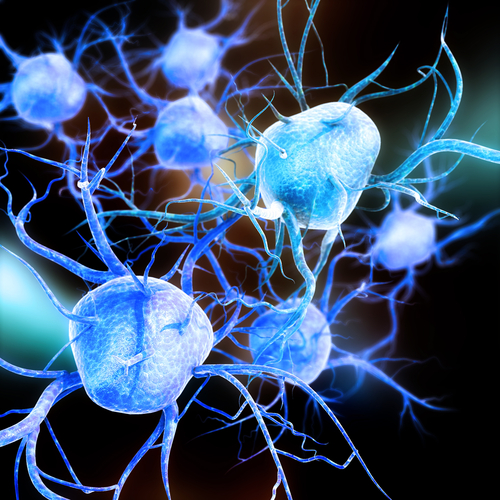Researchers Unlock Possible Treatment of Network Dysregulation in Alzheimer’s
Written by |

 In a new study entitled “Metabotropic P2Y1 receptor signaling mediates astrocytic hyperactivity in vivo in an Alzheimer’s disease mouse model” published in Nature Communications, Andrea Delekate and colleagues examined the astrocytic network underlying pathways that may be implicated in Alzheimer’s disease (AD), and provide solid evidence for the treatment of network dysregulation in AD.
In a new study entitled “Metabotropic P2Y1 receptor signaling mediates astrocytic hyperactivity in vivo in an Alzheimer’s disease mouse model” published in Nature Communications, Andrea Delekate and colleagues examined the astrocytic network underlying pathways that may be implicated in Alzheimer’s disease (AD), and provide solid evidence for the treatment of network dysregulation in AD.
Alzheimer disease (AD) is characterized by a progressive decline in cognitive functioning, occurring in people aged 65 years or above. This decline is more prominent in memory, thinking, language and learning capacity. The Alzheimer’s Association estimates that 5.4 million Americans have the disease and that one in eight older people will develop AD. At the moment, AD has no cure and available treatments have shown to only improve memory and cognitive dysfunction temporarily. However, an understanding of the underlying mechanisms that are involved in the pathogenesis of AD may release future pharmacological inputs.
The pathogenesis of AD is thought to start by formation and accumulation of toxic amyloid-beta in plaques, leading to cortical network dysfunction. Astrocytes, which support synaptic function and contribute to the regulation of the cerebral blood flow have been found to change their morphology and to be reactive in neurodegenerative diseases. Recently, studies have found in in vivo mouse models with familial AD (FAD) that astrocytes show an increase in spontaneous calcium transients, however, it is unclear what are the pathways by which astrocyte dysfunction occurs.
The team of researchers from the German Center for Neurodegenerative Diseases and the Department of Experimental Neurology, University Medicine Berlin and the Department of Neurology, University Hospital Bonn, conducted a study in a mouse model where they analyzed astrocytic calcium, cerebral blood flow and amyloid-beta plaques.
Findings indicate that dysfunctional network activity of astrocytes in a mouse model of FAD and astroglial hyperactivity is mediated by purinergic activity and, in particular, by P2Y1 receptors. The results suggest that intervention aimed at P2Y1 receptors or hemichannel-mediated nucleotide release may represent novel targets to ameliorate network dysfunction in AD.
As Petzold from the Bonn group stated in a recent press release “Our investigations demonstrate that it is possible to mitigate the hyperactivity of these cells. This could point to a novel approach for treatment. It might perhaps also be possible to modify the course of the disease with the help of suitable pharmaceuticals.”





